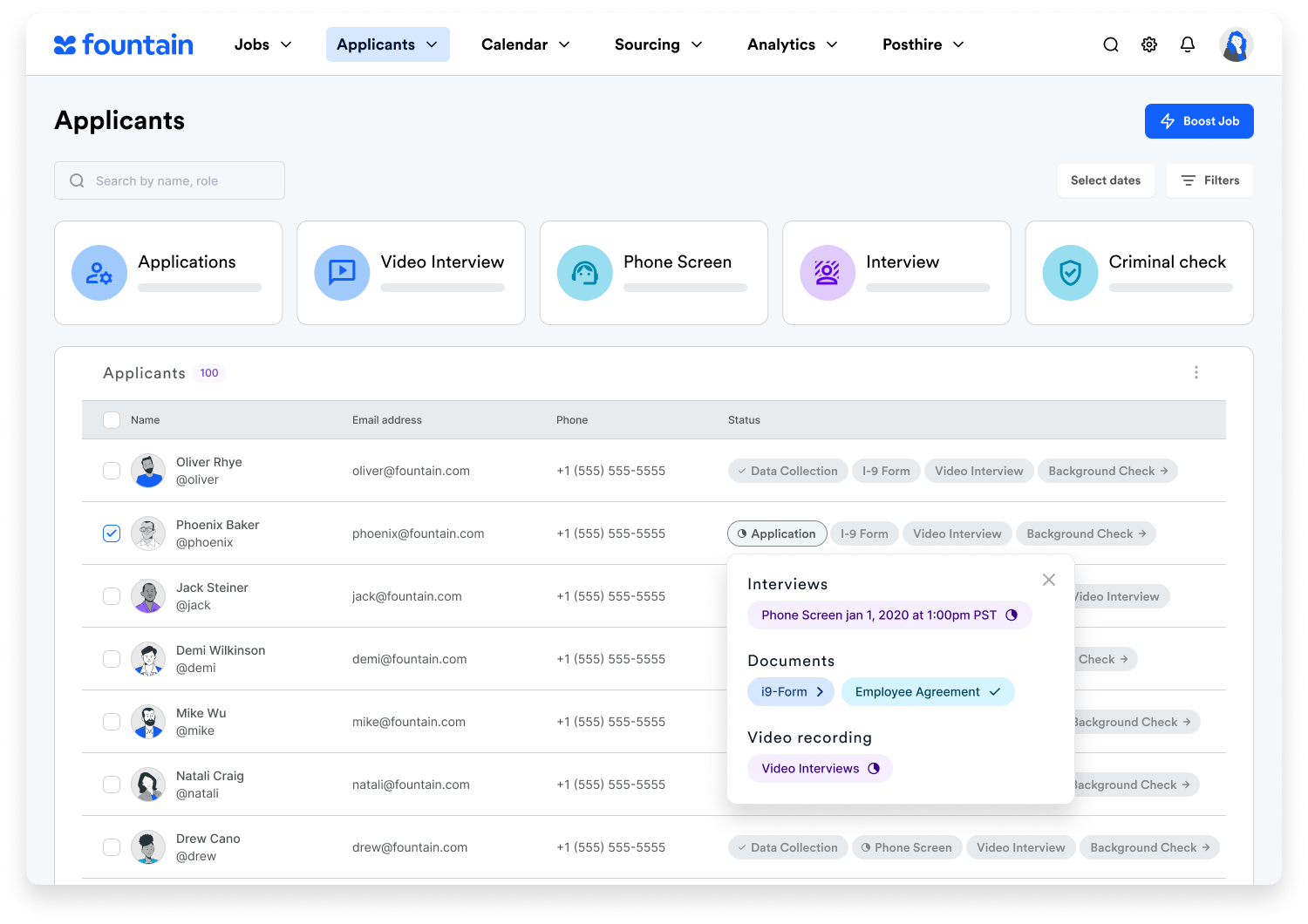Hiring quickly and efficiently is a challenging endeavor for many high-growth companies. For businesses that rely on hourly or temporary workers, this problem can be even more difficult. These workers — often termed contingent workers — are looking for different things when it comes to employment, and traditional hiring methods can prove ineffective at attracting this sector of the workforce. Businesses looking to hire a substantial amount of contingent workers expeditiously need to understand just who they are and what they are seeking in their next role.
Who Are Contingent Workers?

Contingent workers are different from standard employees in that they often work flexible, temporary or part-time jobs, and are paid primarily as independent contractors. This is the group of workers from which startups like Lyft, Uber and Caviar recruit when expanding into new markets.
These individuals consider themselves self-employed, self-empowered professionals. Some have highly-specialized skills such as design, writing or engineering. Others may be delivery drivers or seasonal temp workers. What defines all contingent workers, though, is an entrepreneurial mentality and the prioritization of flexibility. More than ever, this sector is driving the world economy today.
Trends Among Contingent Workers
To get a better understanding of the contingent workforce, one research team surveyed a cohort of this population and uncovered some interesting trends:
- The top consideration for contingent workers when choosing work is scheduling. Pay came in a close second.
- When it came to attrition, pay (or lack thereof) took the top spot followed closely by lack of enjoyment for one’s job.
- Young adults between the ages of 18 and 24 represent a major portion of this workforce.
- Like all engaged employees, contingent workers care about their work: they’re more likely to stick with a project when they feel that their work is meaningful.
- Contingent workers are smart and motivated to build a future for themselves — 42% of those surveyed had college degrees.
What’s evident from these trends that pervade the contingent workforce is that these workers value freedom and flexibility when it comes to work. These are the main desires that galvanize them to look for and accept positions. Contingent workers can be more willing to put pay to the side in order to satisfy scheduling, flexibility and freedom when it comes to their professional lives. Of course, there is a segment of this population that would love to earn more or to work more hours each week. As on-demand firms (which hire many contingent workers) mature, it stands to reason that more opportunities will exist for both flexible, part-time work and more full-time positions for contingent workers.
A significant portion of the contingent workforce is made up of younger people in the millennial generation who cherish these values more than others. Additionally, younger workers are more likely to seek out and be attracted to alternative forms of work and income. They are also more connected because of technology, and are able to find open positions easier through referrals from friends and social networks.
Finally, contingent workers aren’t complacent. They value hard work and engagement just as much as any worker, and feel more fulfilled when they have the freedom and flexibility to do the work that they enjoy. This sort of talent engagement is currently under crisis in many U.S. industries — Galluprecently found that 70% of American adults are simply not engaged at work. Contingent workers are willing to make certain sacrifices in order to find work that engages and fulfills them.

How Contingent Workers Look for Work
Contingent workers approach finding work more alternatively than traditional workers. Many businesses have talent procurement platforms in place that are built on long, extensive hiring processes. While this model may work for hiring a rather small number of high-skill employees, it often fails when it comes to attracting contingent workers and the need to hire them fast.
Because their skills, talents and values are so diverse, contingent workers can be harder to source and attract than other workers. Some are focused on consulting based on their specialties and skills, while others enjoy the hustle of working several gigs at once. One thing is certain — contingent workers don’t have the time to complete lengthy employment applications. To thrive as a contingent worker, they need to find gigs quickly that meet their immediate earning and flexibility needs. Employers looking to hire these workers should keep applications short and sweet! They should take no longer than 15 minutes to complete.
Due to the nature of contingent work, many of them aren’t stuck at a desk in front of a computer. This makes applications that require desktop computers rather outdated and obsolete. Employers looking to attract these workers should definitely consider mobile-friendly applications. Additionally, SMS-based communications are an effective way to reach these workers where they live — on their phones! Millennials expect and prefer texts to emails or calls. Our own hiring platform found a 97% open rate on text communications with candidates, beating traditional email open rates by lightyears. A simple text reminder can also make all the difference in improving interview no-show rates (a particular problem for group interviews or on-demand work opportunities, some of which have greater than 50% no-shows!).
Conclusion
The bottom line is that there are many different types of contingent workers. As a diverse group, they have a wide-ranging set of values when it comes to employment, and this colors how they go about finding and accepting work. For businesses that rely on this sector of the workforce, it’s important to understand the desires that drive contingent workers and to tailor their hiring practices in order to attract them. Attempting to walk a mile in their shoes goes a long way towards offering them the perks that they value most and successfully recruiting them.

 Nov 13 2018
Nov 13 2018
